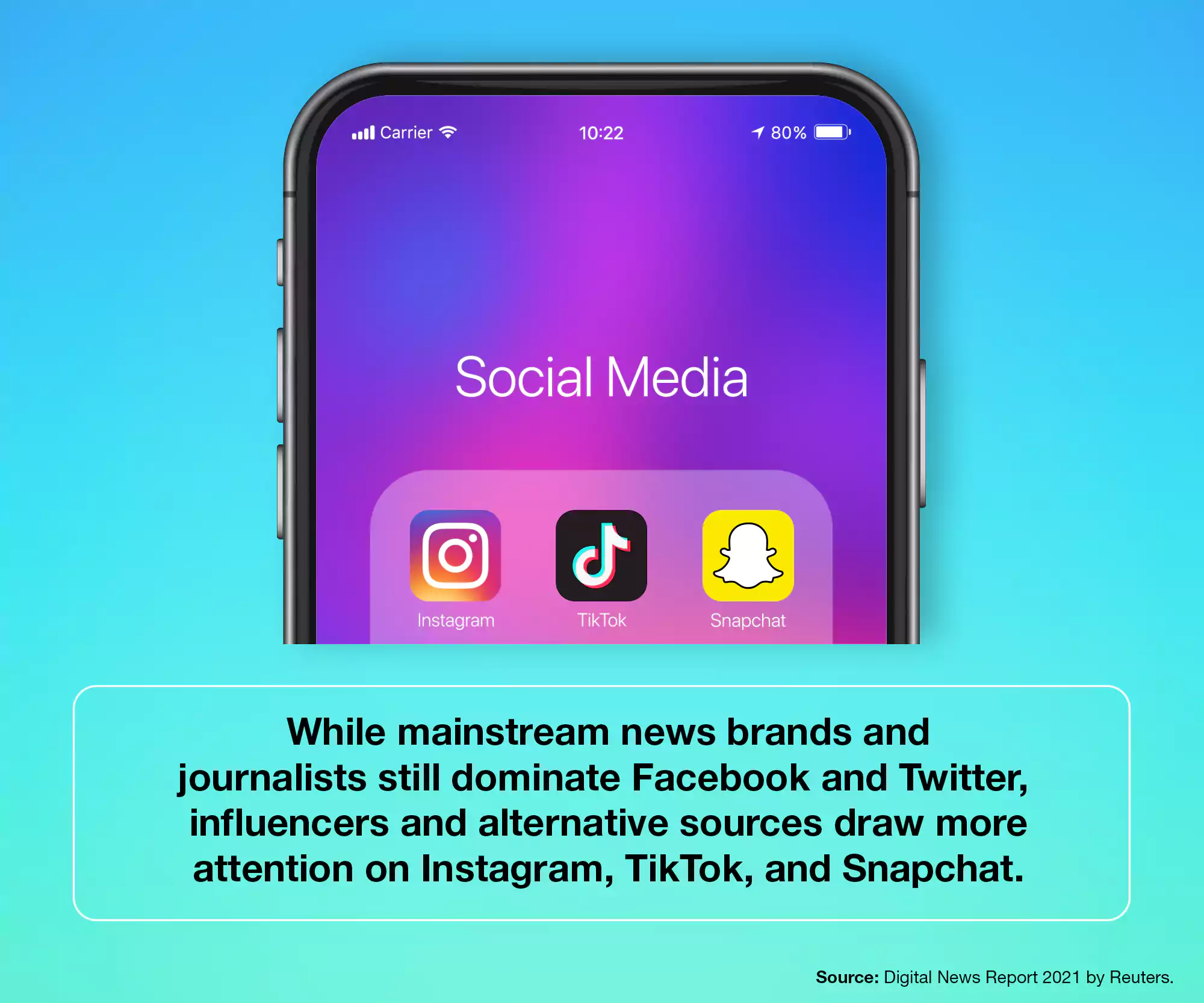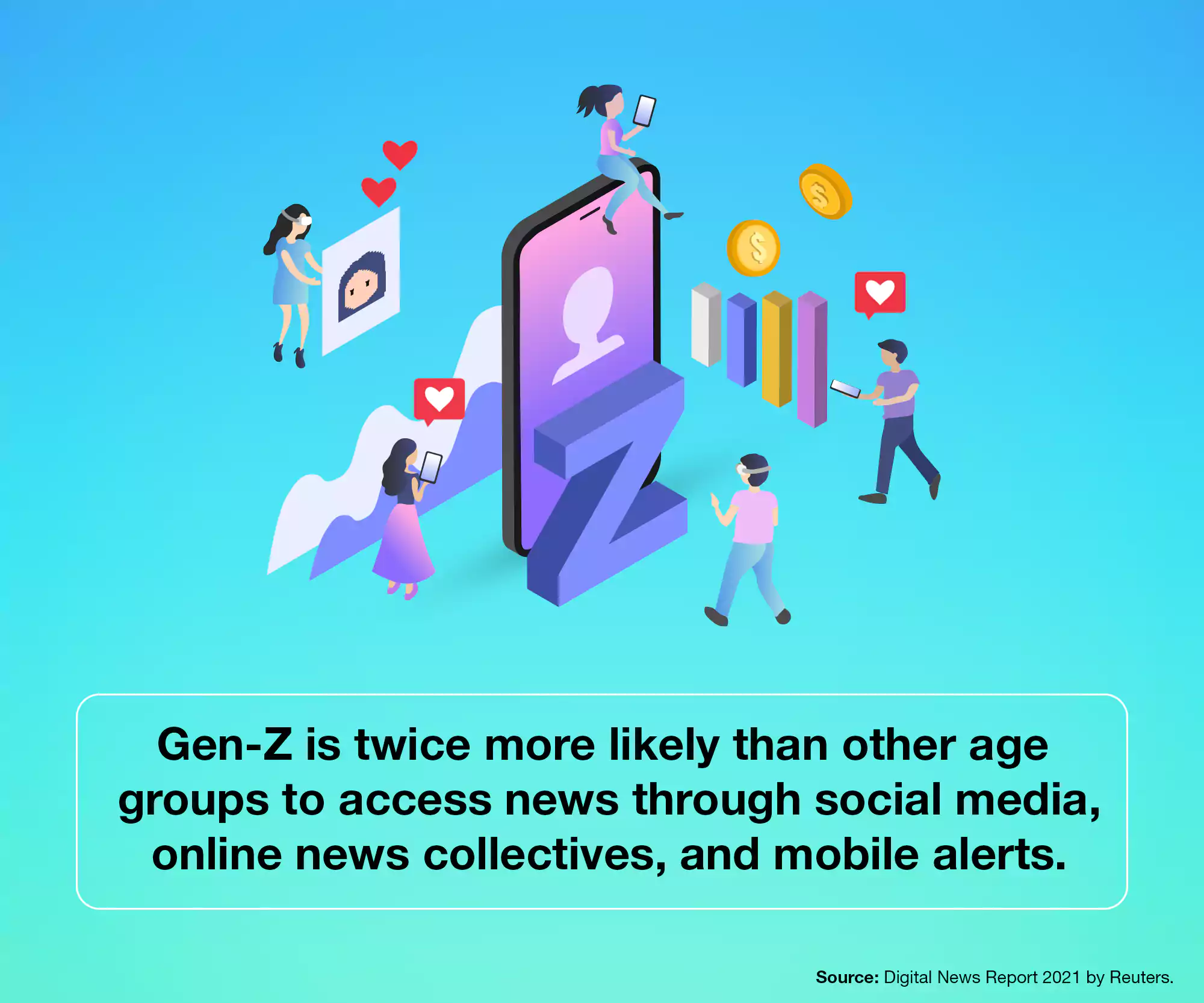
Thanks to technology, the way we receive our news updates has transformed rather drastically over the past few decades. And it’s quite a mixed bag of pros and cons. But let’s jump over the fence to the other side now to consider the journalist’s world. Newsrooms don’t look the same anymore. In fact, newsrooms aren’t always newsrooms anymore. The abundance of free digital tools makes it easy to conduct research and report the news from the comfort of your home while seated in front of a laptop. You could find a digital tool to help you in any stage of the journalistic process.
Lest we made it sound too easy, here’s the disclaimer: it really isn’t. Journalism is still a tedious process peppered with ethical dilemmas. These digital tools, however, make the process less daunting and more far-reaching.
TweetDeck
Back in the day, journalistic conversations were a one-way street. People read a report published in the newspaper and either kept their opinions to themselves or shared them with peers. There was no further scope for those opinions to be heard and amplified. Nowadays, readers can access international reportage in a split second and make sure their voices sweep across diverse online communities. As a result, reacting and responding to the news has become an independent genre within journalism.
Social media platforms (like Twitter) serve as sounding boards for citizen journalism. These are a fast favourite among reporters and professional journalists alike. They track worldwide news, engage in conversations, and share thoughts on various global issues. Being on such a platform helps journalists create a presence for themselves, a presence that allows them more latitude to compose news threads and spread information effectively.
Of course, there is also a downside to this freedom of expression. More often than not, people revel in the anonymity social media offers. As a result, they usually respond rather aggressively for no apparent reason. A ‘haterade’ then ensues, paving the way for cancel culture.
Still, there are news sources that run the internet’s gauntlet and yet live to break the story. TweetDeck is a highly efficient digital tool to be credited for this. Equipped with a much wider interface than most, TweetDeck helps handle multiple Twitter accounts simultaneously (if you manage a personal and a publication’s account). It helps to schedule tweets, create lists, and reach out to the audience. You can view all the features in a single dashboard, which is highly customisable. Also, it has an easy-to-use interface that makes things even more straightforward. However, this digital tool works only on desktops.
CrowdTangle
A similar bird’s eye view as in TweetDeck is also available on CrowdTangle. The difference in the latter is that it isn’t limited to Twitter. CrowdTangle gives you the lay of the land across all social media platforms. It is a social network monitoring and content discovery tool. This digital tool makes it easier to follow, analyse, and report content on different platforms, especially on Facebook, Instagram, Reddit, and YouTube. The user-friendly dashboard shows viral alerts, trends, and internal social reports from over a million accounts.
People in the news industry usually use CrowdTangle to look for relevant and trending content amongst the audience. The app aids you in the research process. It also presents you with analytics of the different platforms to help you make an informed decision concerning the story. Moreover, the inbuilt intelligence service provides charts, graphs, and reports. Additionally, fact-checkers use this digital tool to contain misinformation or verify the facts.

Substack
The relationship between readers and media outlets has increasingly evolved. People now connect with individual reporters and creators, willing to pay for and support their work. That is what Substack facilitates—you can start a free newsletter to build partnerships and an audience and even monetise the service provided. It is an email newsletter platform with a relatively simple interface and publishing method. The benefits of moving to a Substack or using it as a digital tool are immense. Besides being censorship-free, it allows you to market your news brand on social media and form a community engaged with your work. Additionally, you are free of editorial or publishing pressures.
Casey Newton, a US-based journalist, discovered this firsthand when he made the leap from The Verge. Having covered the tech industry since 2013, he saw a steady decline in the media industry. So his timely move to Substack proved a lucrative and influential opportunity. The platform allowed him to build communities through digital reporting. And the icing on the cake was that Substack also extends legal protection to its writers.
There is, however, a flipside, and Newton admits it, too. Since Substack lets you behave like a free agent on its platform, it offers little in terms of employee benefits. You can only unlock health insurance and other plans after showing a substantial subscription rate.
Notion
Without a proper note-making system in place, managing your day becomes overwhelming. As a journalist, you constantly juggle names, numbers, locations, and quotes. Here, Notion comes to the rescue. Not only does it save time and effort, but it also makes your work more exciting and organised.
Notion is a project management and note-making platform with a simple interface. It helps you create mind maps, organise innovative ideas, and manage your databases per your work requirements. For example, suppose you are writing a story on waste management. When you type ‘waste’ in the search box, the database you’ve created will appear. Notion also provides different creative templates to make those databases aesthetically appealing and functional. Furthermore, you can even invite your team to your Notion workplace. It’s a perfect digital tool for note-making, teamwork, and collaboration.
Evernote
You’ll be going through multiple web pages simultaneously to dig things up as a part of your research process. And during that course, you may find something interesting that you might want to save. Evernote web clipper might be the app to do the job for you. It is a browser extension that saves any web page you find helpful while researching. The “clipper” option on the top right corner of the browser window sends the chosen article directly to the notebook in the app. Later, you can review the list of articles in your notebooks and use them for references or share it with your colleagues. This app is available for only Firefox, Chrome, Safari, Internet Explorer, and Microsoft Edge.

Otranscribe
For a journalist, jotting down audio interviews can be a tedious task. Otranscribe is a web-based platform that helps you with this task. All you have to do is paste the audio file link in the box and enjoy the wide range of features it provides. It simplifies the transcription process by giving a writing box adjacent to the audio/video. The app supports YouTube videos and audio in WAV or MP3 formats. The writing gets automatically transcripted and saved in the browser’s local storage.
However, this digital tool has its downsides. It is impossible to access saved files from another computer. Moreover, once you reach 100 files, the app will start erasing the older files. So, to avoid data loss, export it to an external drive or cloud.
Canva
Interestingly, the average user attention span in 2022 is 8 seconds! A journalist needs more than sound writing skills to create news in a multimedia era. So to make an impact on your readers, you need to present them with visually appealing content. And what could be better than Canva, a powerful, simple-to-use, template-based, free design app, to make your work look attractive? You can create infographics and images for your podcast, newsletter, or social media and work with different data visualisation tools for better content. It also allows you to share and collaborate with others. Additionally, the app has various templates that will help any content creator or journalist new to visual design.
Hemingway
American novelist Ernest Hemingway was known for his short and crisp sentences—a style in high demand within the news writing genre. If the sentences are not concise and the argument is not powerful, you may risk your credibility as a journalist.
The online Hemingway editor is a free digital tool that provides a readability score and grammar check. The app also analyses the text and offers more straightforward words/phrases and many more suggestions, which are essential for good writing. It tightens your writing and gives flair to your story by making it readable and easy to understand.
More and more apps are emerging to make the work of a journalist more convenient, efficient, and verifiable. However, the debate continues as to whether technological influences on journalism have changed it for better or worse. Meanwhile, let’s find a middle ground and use what is out there to the best of our capabilities.


